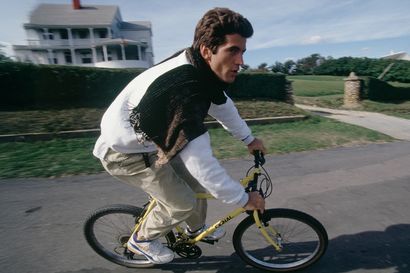We’d say there’s nothing worse than seeing a man on the way to the office wearing an anorak or hiking fleece over his suit – but we’d be wrong. Much worse than these sartorial travesties is the man who attempts to make an effort, but gets it very wrong. And nothing hits further from the mark than an ill-fitting overcoat.
Overcoats – to differentiate from greatcoats and topcoats – are long coats with full-length sleeves worn on top of an outfit and taken off after venturing indoors. Topcoats are lightweight overcoats, and greatcoats heavy overcoats, usually with military detailing. The classic overcoat is a traditional and respected look – and this is how you get it right.
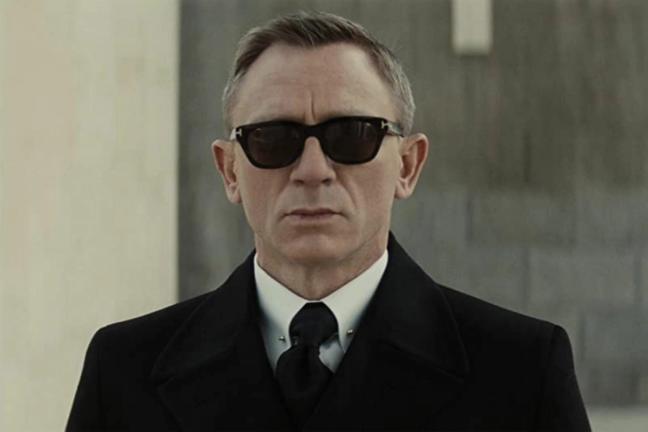
How long should my overcoat be?
If you were to stick to the traditional overcoat length, it would be brushing your ankles. But, with inclement weather on its way – we’re talking puddles – and the ubiquity of automatic doors on modern public transport, we’d advise you skirt clear of anything with too low a hem. Instead, opt for something knee-length, or just past the knee.
Flattering to most physiques thanks to its lengthening benefits, the slightly shorter cut allows for greater ease of movement, so is also a great option if you’re getting in and out of cars all day. Widely accepted as the best length for modern life, you’ll find plenty of options to choose from in this arena.
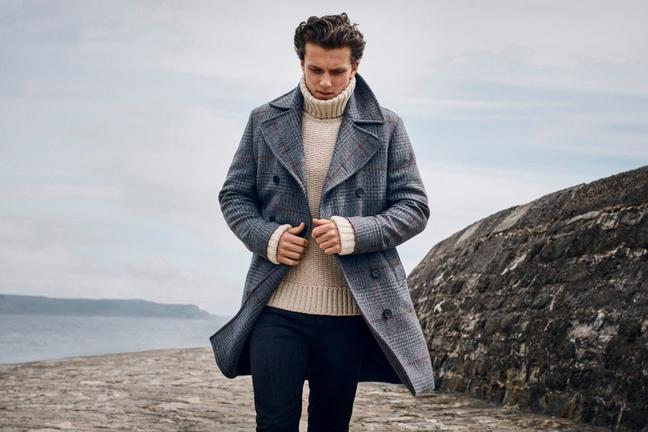
What style of overcoat should I buy?
Style is mostly down to personal preference but there are a couple of rules you should stick to if you want to own your overcoat game. A good all-rounder would be a single-breasted overcoat with a notched lapel – effortlessly sharp, very versatile and smart without looking too try-hard.
However, if you’re looking to buy for the dead of winter, double-breasted may be a good call. Not only is the amount of material across your chest doubled, keeping you warm, but the sewn canvas you tend to get on a well-made, slightly-more formal peak lapel double-breasted overcoat is indicative of a higher level of craftsmanship and build quality.
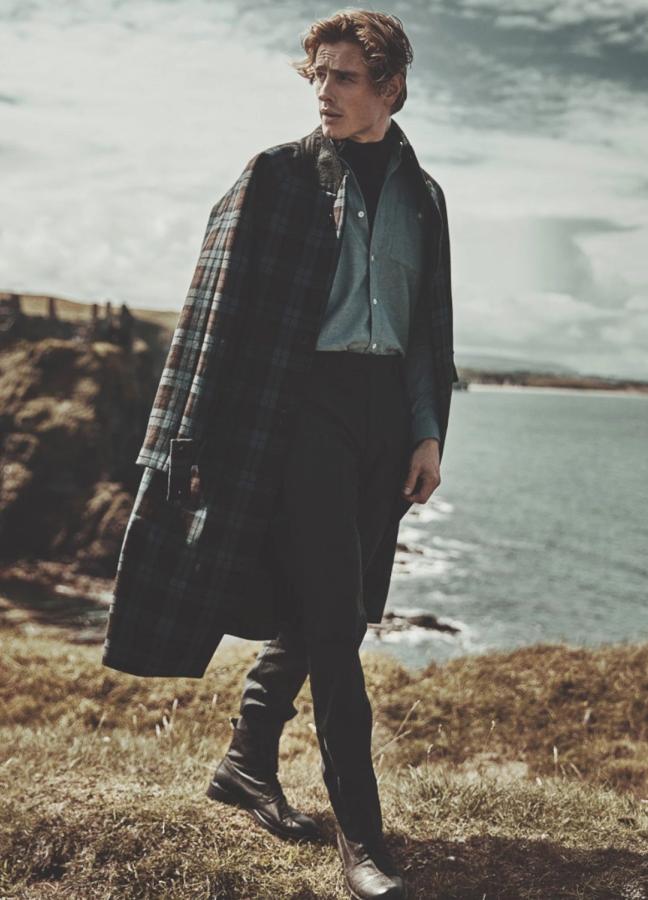
How should my overcoat be fitted?
Jut like you wouldn’t buy a pair of running trainers without wearing the proper socks, you shouldn’t go trying on overcoats if you’re not wearing a suit. The tailored lines of a suit change the proportions of your body and you’re likely to find what looked great over a T-shirt is a little too snug over your Savile Row finest. That said, steer clear of anything too oversized as it will just swamp you. Look for something with a slim cut that buttons comfortably and smooths out the silhouette.
In terms of sleeves, the overcoat should completely cover both your suit and shirt cuff, and perhaps even reach a little further down again to accommodate the gap between cuff and glove on those particularly cold days.
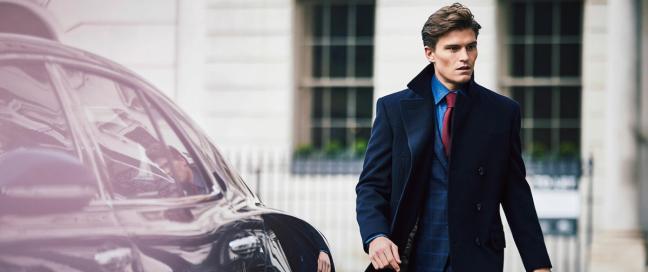
What colour and fabric should my overcoat be?
As with suits, the classic colours tend to be the best and most versatile. Opt for a traditional black, navy or charcoal to go with the majority of your suits. Taupe or camel will also work well but are, of course, more prone to marking.
When it comes to fabric, you’ll find you get what you pay for. Wool and cashmere are the most traditional, high quality options and look great in most colours. They can be expensive but we’d recommend saving up and investing in a really great piece – it will look better and last you much longer than the false economy of a blended fabric.
These are the best brogues money can buy…
Become a Gentleman’s Journal member. Find out more here.

Become a Gentleman’s Journal Member?
Like the Gentleman’s Journal? Why not join the Clubhouse, a special kind of private club where members receive offers and experiences from hand-picked, premium brands. You will also receive invites to exclusive events, the quarterly print magazine delivered directly to your door and your own membership card.

